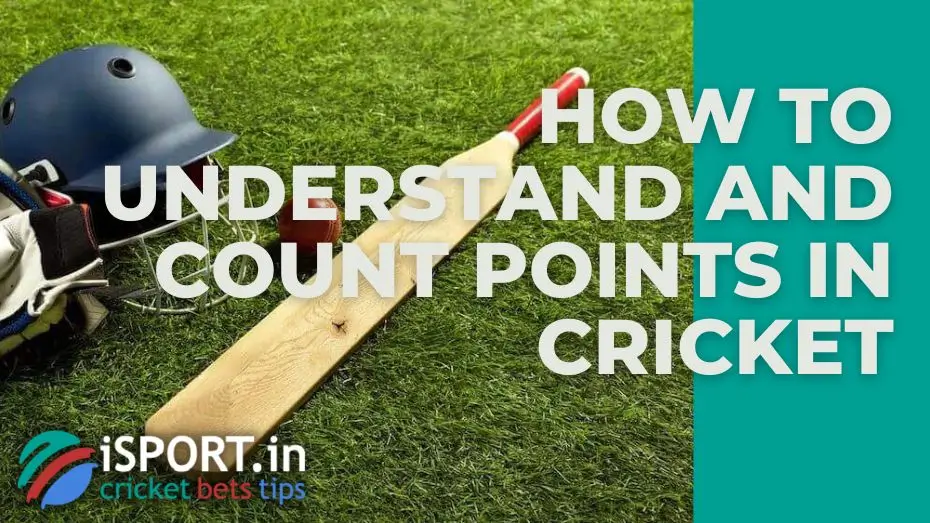How to understand and count points in cricket

You turn on cricket, hear the deafening roar of the crowd, and see the ball fly out of pitch. The commentator starts shouting, and you don’t quite understand what’s going on? If you are just starting to get acquainted with this sport, you may be wondering: How to understand and count points in cricket? Are you ready to finally understand why the score looks like 196/3 and what lies behind these mysterious numbers?
How to understand and count points in cricket: the main ways to earn it
Everything in cricket revolves around runs. This is the foundation on which any innings is built. In our article How to understand and count points in cricket we’ll explain how batsmen earn points. There are two main ways and both spectacular.
– Running, classics and the basics
The easiest way is to hit the ball and run to the opposite end of the pitch. Every time when two batsmen successfully cross paths and touch the ground by a bat behind the popping crease (line), the team scores one run. Sounds simple, right? But in reality, it’s a true test of speed and composure.
You can score two or even three runs if the fielders are slow in returning the ball. Sometimes there’s confusion, leading to overthrows, when the ball goes the wrong way, and the batsmen manage to add extra runs on the opponent’s mistake. This is the moment when pleasant chaos appears on the field!
– Hit so hard that no one can catch up
And now what everyone is really waiting for: the boundary. Why run when you can send the ball flying? If the hit ball rolls along the ground and crosses the boundary rope, it automatically scores 4 runs.
This kind of strike is beautiful and reliable. But the pinnacle of power and precision is when the ball flies over the edge of the field without touching the ground. That’s already six runs! Instant, spectacular, and the crowd goes wild.

– Secret points you may not know about
But what if the batsman doesn’t even touch the ball, and the score still goes up? Yes, this happens! These “gifts” from the serving team are called extras, and they can dramatically change the course of the game.
Sometimes the pitching team makes life difficult for itself. For example, a bowler makes a no ball, steps over the line, or the ball flies above the batter’s waist. The result? One penalty point to the batting team and a free hit.
The next serve becomes a unique opportunity for the batsman to strike without the risk of being run out. Another common mistake is the wide ball, when the ball flies so far from the batsman that he can’t even reach it. This also earns one point. Is it difficult? At first, yes, but after a couple of matches, you’ll start to notice these nuances.
– How is all this displayed on the scoreboard?
Look at the standard entry, 196/3 (20). What does it mean?
- 196 is the total number of runs (points).
- 3 is wickets (knocked out wickets), that is, how many batsmen have already left the field.
- 20 is overs, units of play. One over is equal to six legal balls.
Pay attention to partnerships, too, to see how many runs a particular pair of batsmen scored together. And of course, every batsman has their own personal achievements. Fifty runs are half-century, and a hundred is a standing ovation.
But if a player leaves without scoring no points, it is a loud and annoying duck, especially offensive on the first serve – golden duck.
The most reliable way how to understand and count points in cricket is simply to watch. Follow the matches, check the scoreboard, and very soon, these numbers will become a clear and exciting language of the game for you. You’ll begin to feel the tension of every run, the anticipation of every shot at the boundary. Cricket will open up for you in a new, incredibly exciting way.






